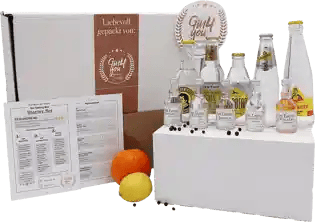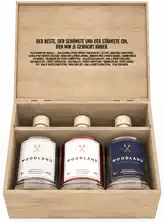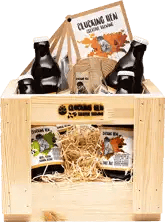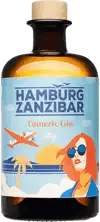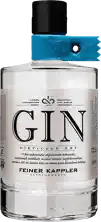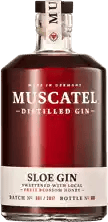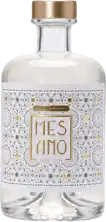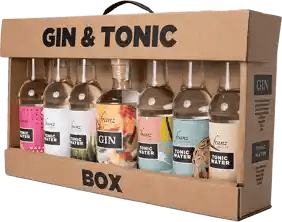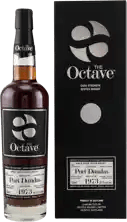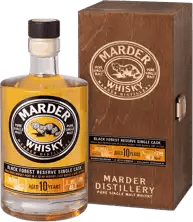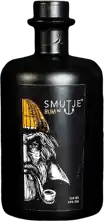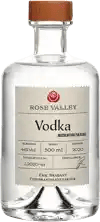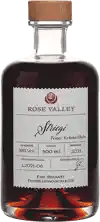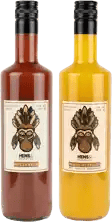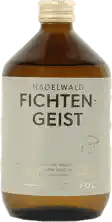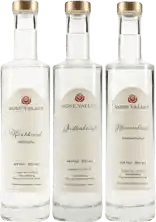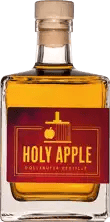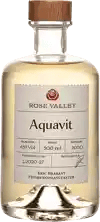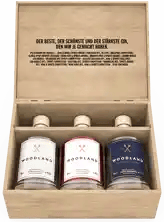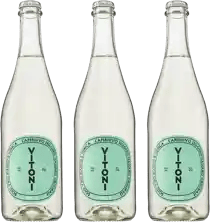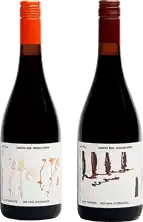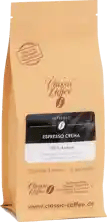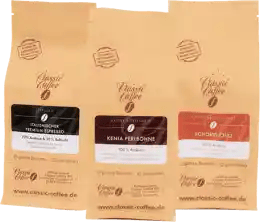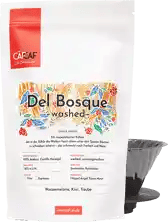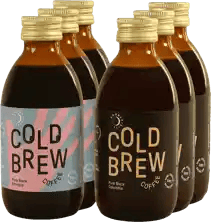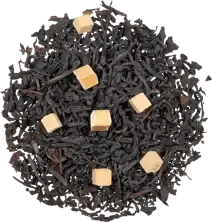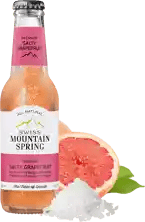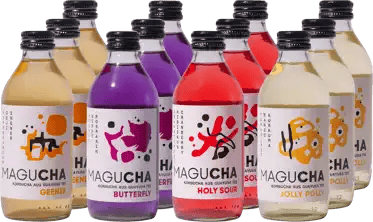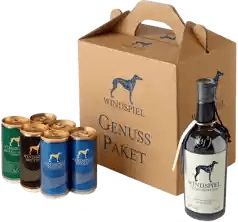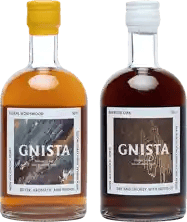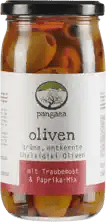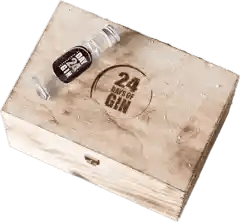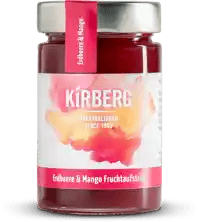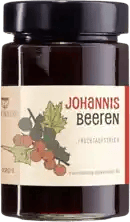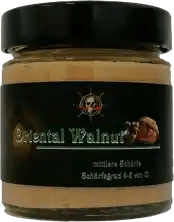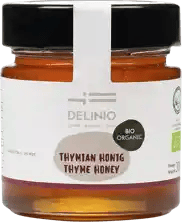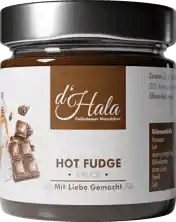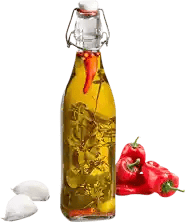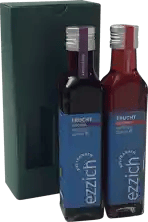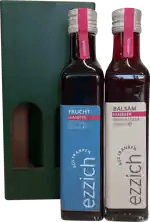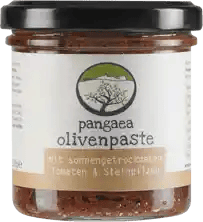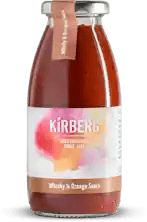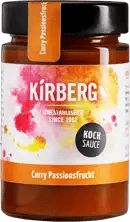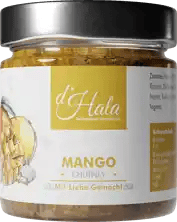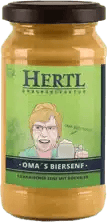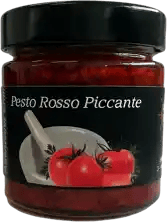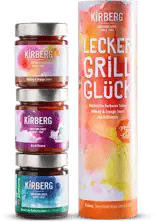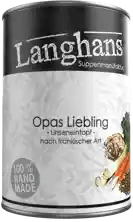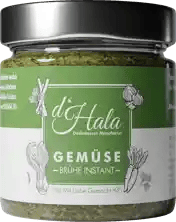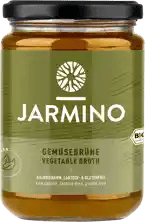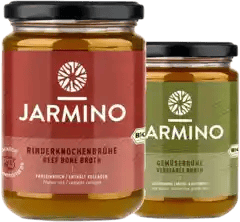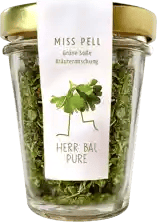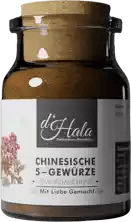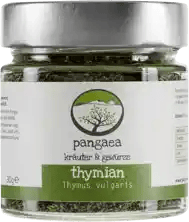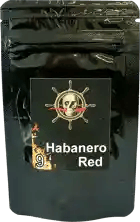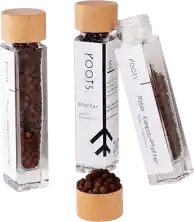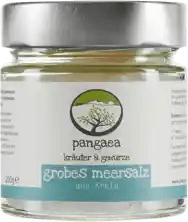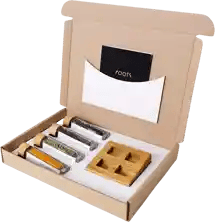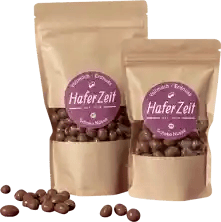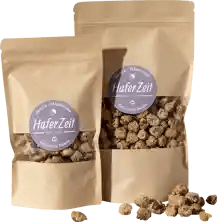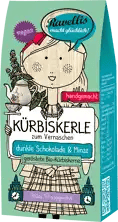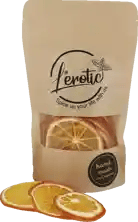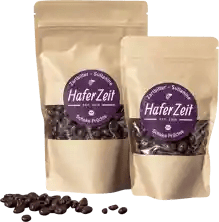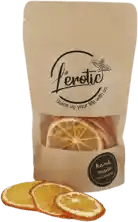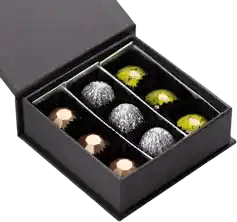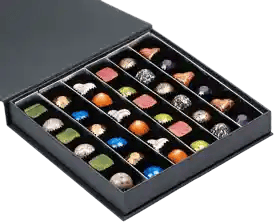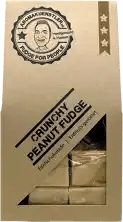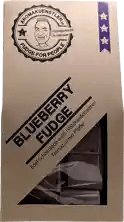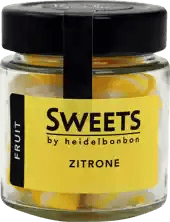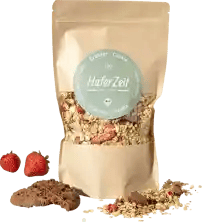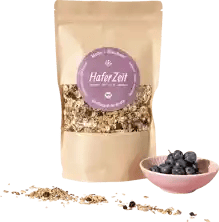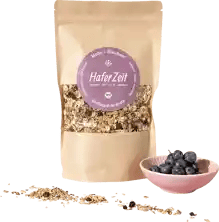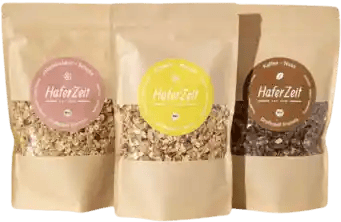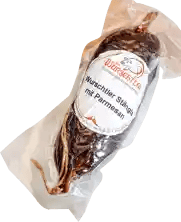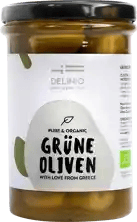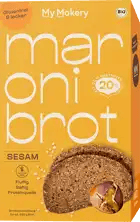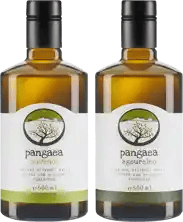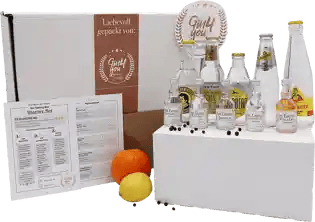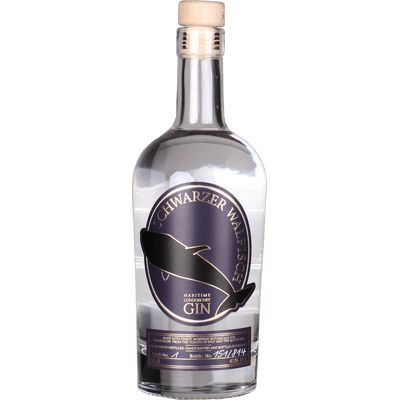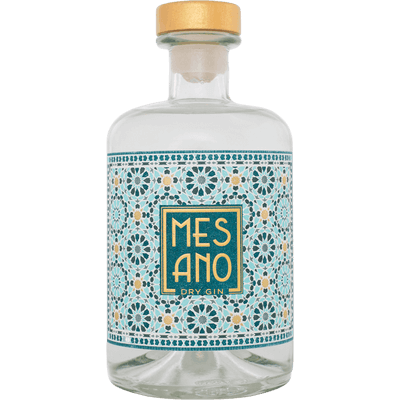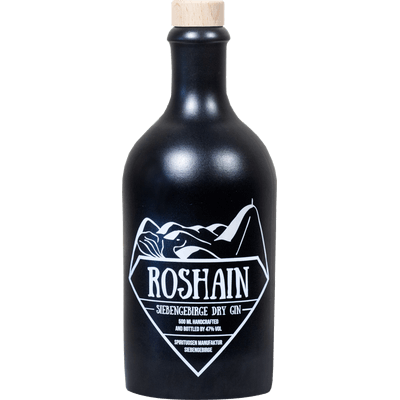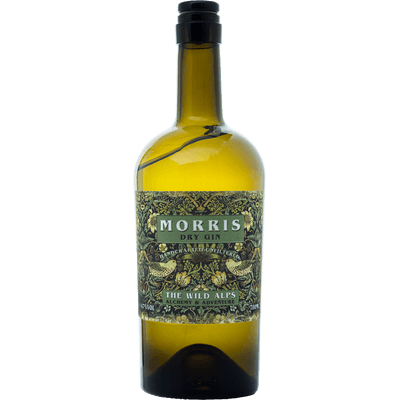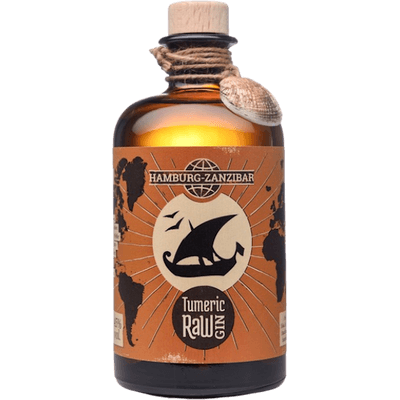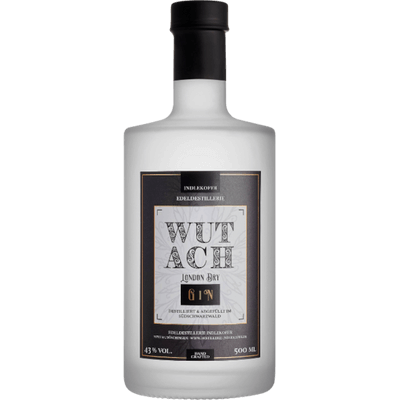Quality instead of quantity!
6,000 independent products
No mainstream
6.000 independent products
Gin and tonic recipe (classic) and three variants
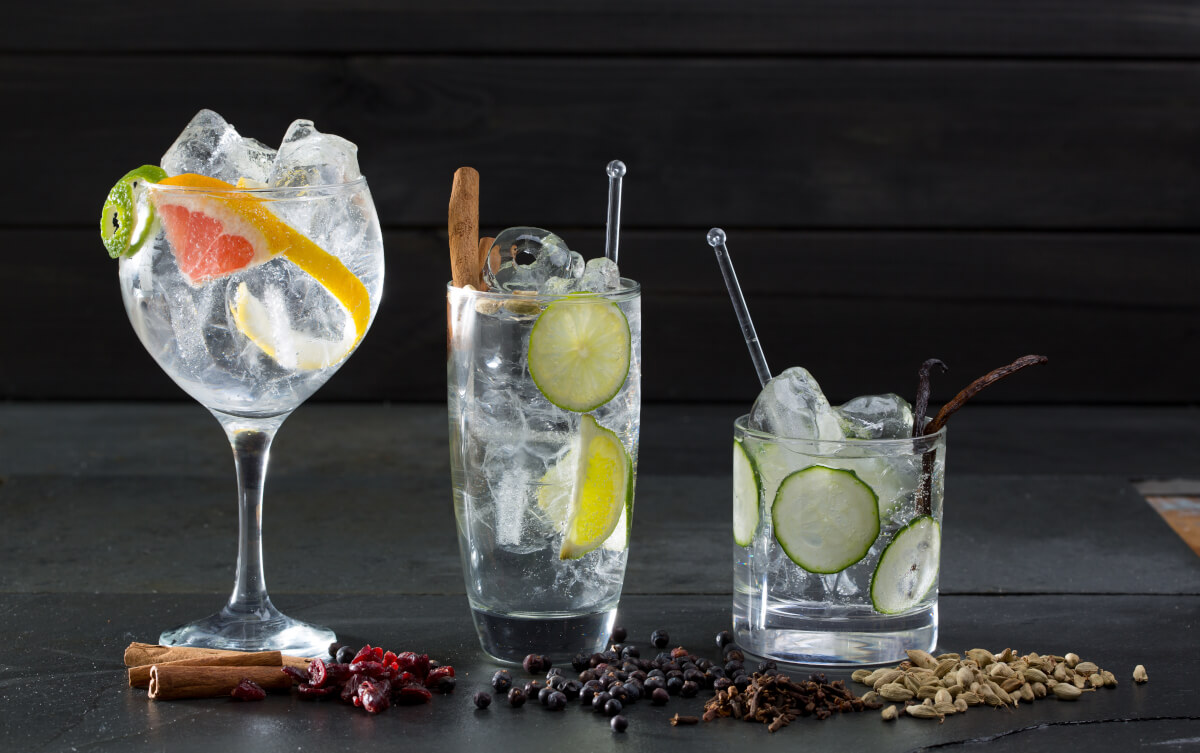
Gin and tonic - hardly any long drink is as famous and popular as the combination of these two simple ingredients. With hardly any other spirit, the filler is probably as important as with gin. Only in combination with tonic water do the flavors of most gins really come into their own.
Not for nothing are conversations and discussions about which gin goes with which tonic an integral part of every upscale expert round. We'll show you the best gin and tonic recipe and some delicious variations that can easily expand your flavor spectrum.
Table of contents
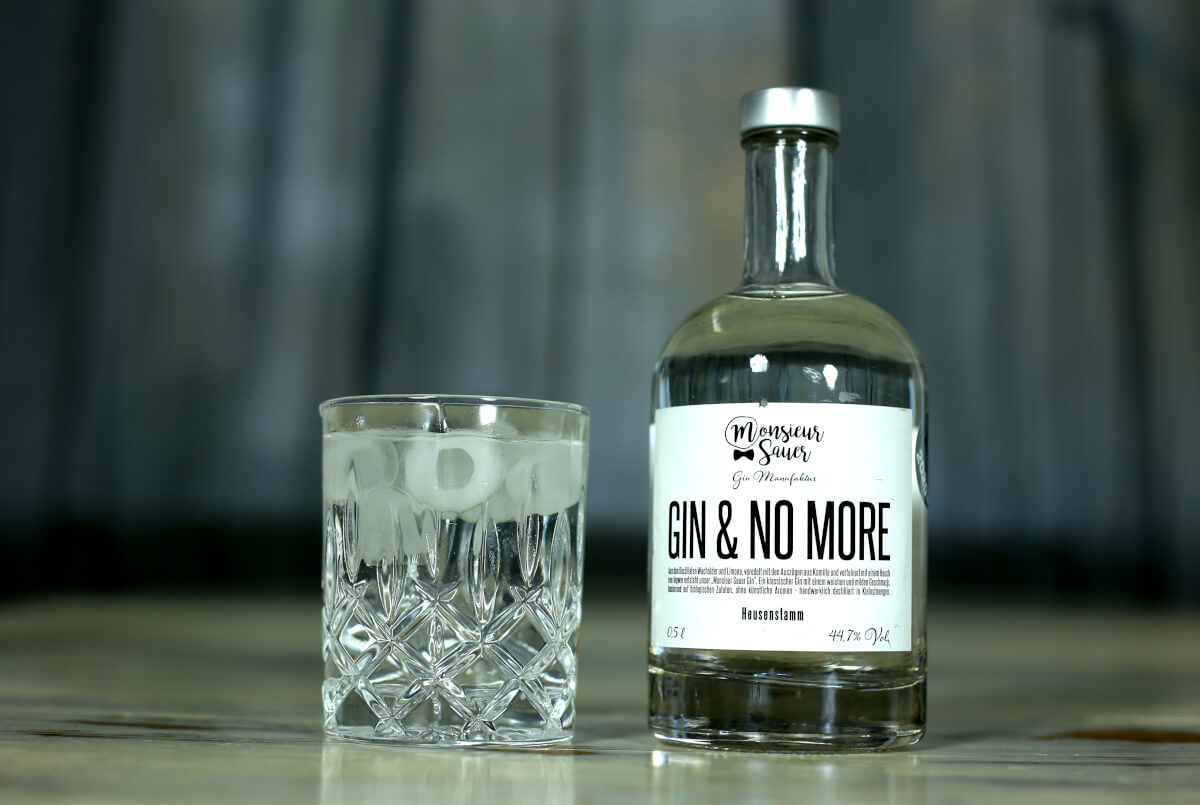
The classic gin and tonic: the perfect and simplest recipe.
The classic gin and tonic recipe is not only simple, but also works perfectly with all gins and tonic waters. It's especially suitable if you don't have anything else at home to garnish your drink with.
The "recipe" may sound simple. But how many times have you been somewhere and gotten a gin and tonic with no ice, or one where you actually only taste tonic and no gin? That's right.
Ingredients for the classic gin and tonic:
- 4cl gin
- 10cl tonic water
- Lots of ice cubes
Here's how you make the classic gin and tonic:
- Pour gin into a glass.
- Hold the glass at an angle and pour tonic water into the glass at an angle and very slowly so that as little carbonation as possible is lost. The carbonic acid is extremely important. Therefore, always use unopened bottles if possible.
- Fill the glass to the brim with ice cubes. The more, the better. Very important so that the drink is watered down as little as possible.
- Stir the long drink very carefully with a spoon or better cocktail stick.
The art of mixing:
In every cocktail and gin recipe, it depends on the ratios of the ingredients to each other. There is no such thing as the perfect gin and tonic, because "perfect" depends on your own taste.
If you like intense flavors, we recommend mixing gin and tonic in a 1:1 ratio. If the alcohol or gin flavor is too intense for you, you can go to 1:4 - so for 4cl of gin, top up with 16cl of tonic water.
Try your hand at ratios. If you have guests, you'll be fine with 4cl to 10cl. Keep in mind that you can always top up with a little tonic, and also don't forget that the drink will still water down a little.
By the way, you can find a non-alcoholic recipe for the G&T at: Virgin Gin Tonic
Which gins are suitable for gin and tonic?
Any gin is suitable for a gin and tonic. Most gourmets even drink gin and tonic exclusively in combination - that's how much this pair belongs together. In the tonic, the juniper schnapps really unfolds its aromas, so that the individual notes can often be recognized much better.
It's fair to say that most traditional gins were only designed to be used in cocktails or highballs. Nowadays, this is no longer the case, especially with New Western gins. Therefore, we recommend always tasting any gin neat before making it into a long drink. It's fun to compare the flavors neat and as a G&T.
Like any cocktail, a gin and tonic recipe lives on the quality of its ingredients. If you mix the 15-euro gin with the 99-cent tonic from the supermarket, you can certainly expect a solid drink. But if you want to experience fine nuances of flavor, beguiling aroma explosions, reach for a price range higher.
With us, you can buy high-quality gin cheaply at the manufacturer's price. Starting at 28 euros, you will find a large selection of gins in our store, which taste fabulous and are fun to drink not only neat, but also as a cocktail or long drink. We have exclusively special gins from regional manufacturers for you - nothing off the shelf.
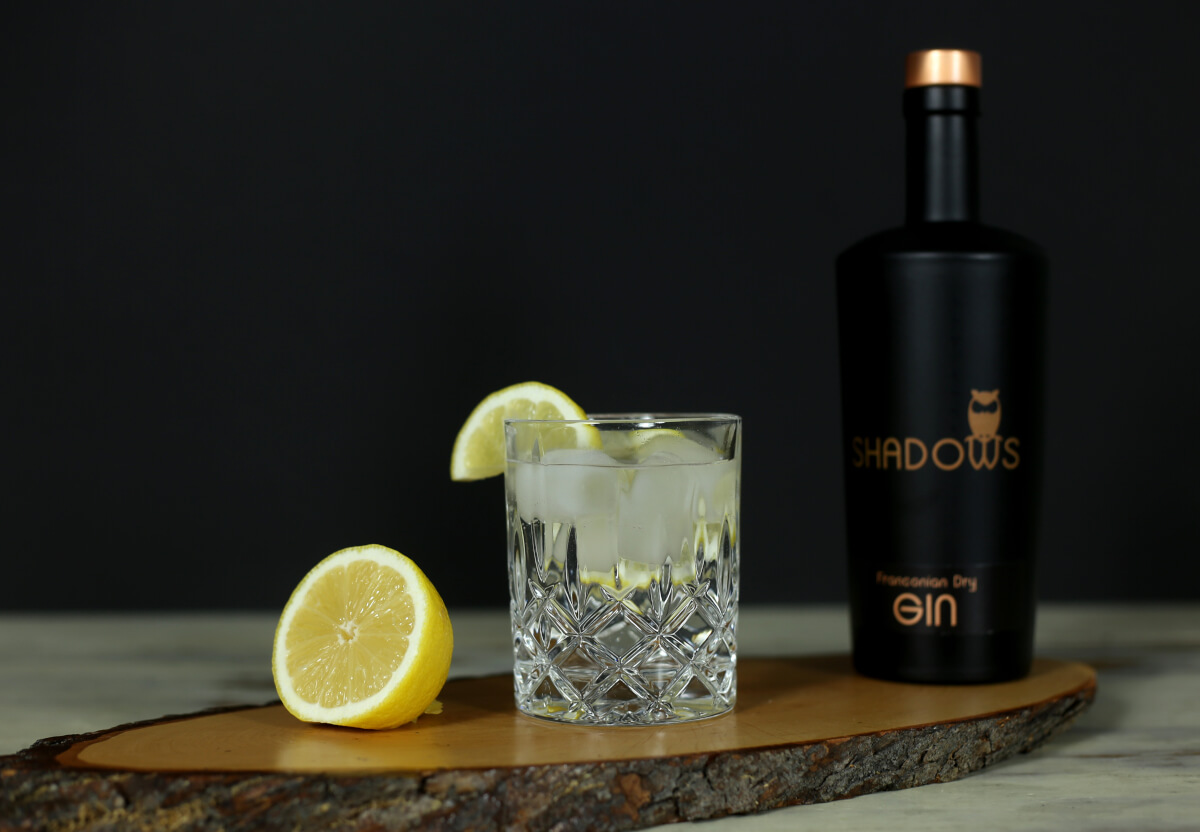
Gin and tonic with lemon: the refreshing recipe
Ingredients for gin and tonic with lemon:
- 4cl gin
- 10cl tonic water
- 1 lemon
- Lots of ice cubes
How to make the gin and tonic with lemon:
- Cut the fresh lemon into two quarters and a half. Squeeze one quarter directly into your drink. It's best to use a lemon squeezer to save yourself the seeds. If a quarter of a lemon is too much citrus for you, you can of course use less or even a few drops.
- To garnish, cut a slice off the other half and place it in your glass or on the rim of the glass.
- If you have a zester, you can also garnish your drink with the lemon zest.
Which gin goes well with the gin and tonic with fresh lemon?
This variation actually goes well with most gins, as the majority of gins use citrus fruits and often lemon as botanicals. This is also still the case with many New Western gins. In fact, lemon also goes well with many classic, juniper-heavy gins. Lemon is a great balance and makes your long drink even more refreshing.
Our recommendation for the citrus gin and tonic:
Goldwood Gin: This gin has a distinct juniper note, fresh citrus flavors, the aroma of orange blossom and a slightly cinnamony finish. Try this gin with a squeeze or a quarter of a lemon and tonic. Order Goldwood Gin
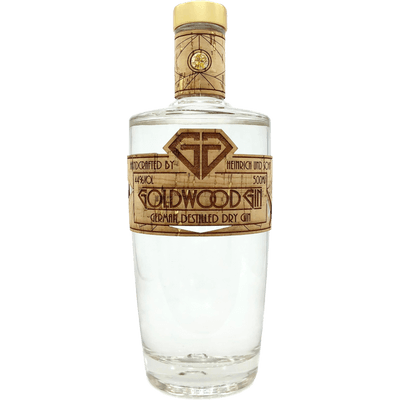
Black Whale Gin: As a maritime gin, this London Dry Gin is slightly salty, refreshingly fruity and slightly herbal. With fresh lemon, it is the purest refreshment. Order Black Whale Gin
MESANO Dry Gin: This gin is characterized by mint, lemongrass and blood orange. Enjoy it with an Indian or dry tonic water and refine it with lemon and mint leaves. Order MESANO Dry Gin
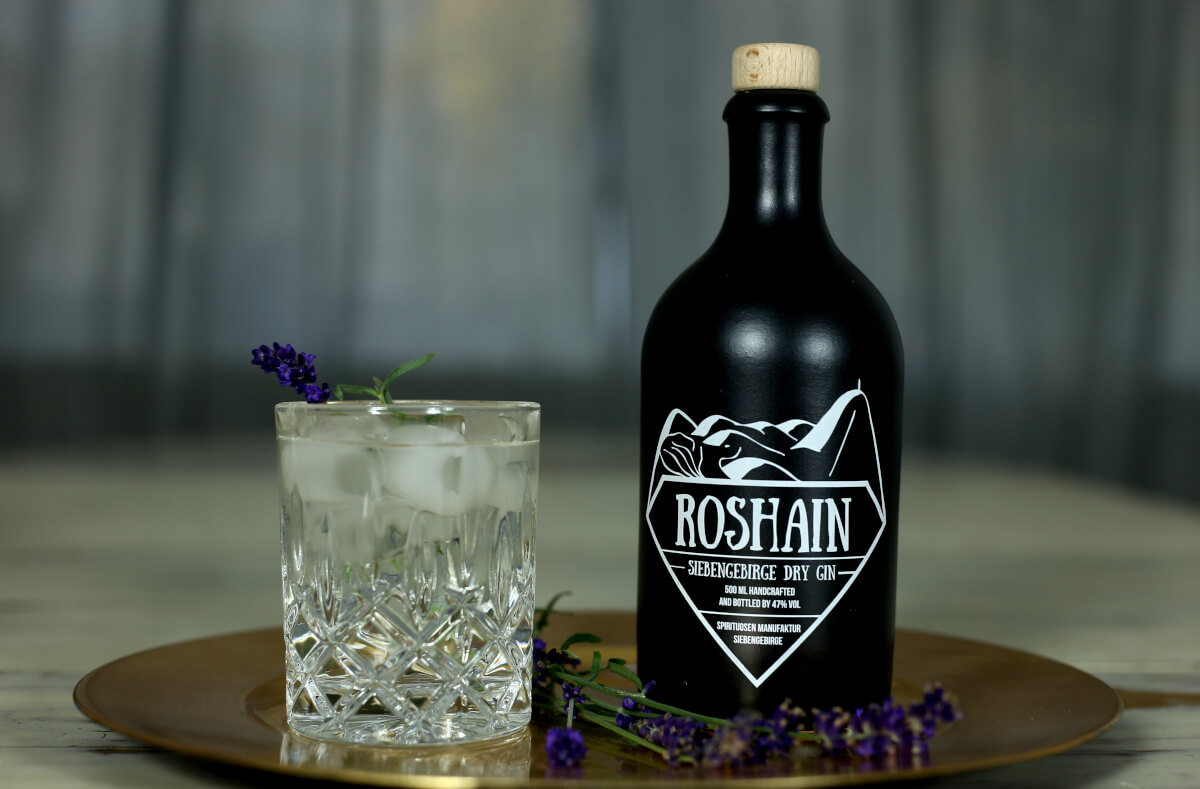
The spicy gin and tonic: the recipe with all kinds of spices
Ingredients for the spicy gin and tonic:
- 4cl gin
- 10cl tonic water
- Clove, star anise, cinnamon stick, fennel, coriander, thyme, rosemary, tarragon, lavender, allspice
- Lots of ice cubes
How to make a spicy gin and tonic:
We deliberately list a range of different herbs and spices and group them together under one variation. It is impossible to list every conceivable G&T combination with the corresponding herbs and spices. It is much more important that you are aware of the variety of options you can play with in gin and tonic. This depends very much on the gin in question.
Follow the recipe instructions for our classic gin and tonic and add the appropriate ingredients of your choice. Try to limit the number of spices you use to refine your long drink to two ingredients.
Our recommendation for the spicy gin and tonic:
Roshain Siebengebirge Dry Gin: The lead botanicals in this dry gin are lavender, clove and star anise. So feel free to garnish it with a few cloves and aniseed to enhance the deliciously spicy and complex aroma. Order Roshain Siebengebirge Dry Gin
William Morris Dry Gin: In addition to juniper, this London Dry Gin is also made with galangal (a ginger plant), bitter orange and coriander. It tastes strong, complex, slightly peppery and bitter, but also has a pleasant citrus freshness. Refine it with coriander and allspice, for example. Alternatively with a slice of blood orange. Order William Morris Dry Gin
Tumeric Raw Gin: This is also a London Dry Gin and tastes primarily of turmeric, pepper and coriander. The other botanicals make it even more exciting: almonds, rosemary, cinnamon blossom, conifers, allspice and cardamom. You are spoiled for choice when it comes to refining. Order Tumeric Raw Gin
WUTACH London Dry Gin: In addition to juniper, the botanicals include star anise, pepper, cinnamon, lavender, citrus fruits and cubeb pepper. It therefore tastes strong, aniseed-accented, spicy and has a lovely citrus and lavender note. Refine the gin and tonic with a combination of cinnamon stick and star anise. Order WUTACH London Dry Gin
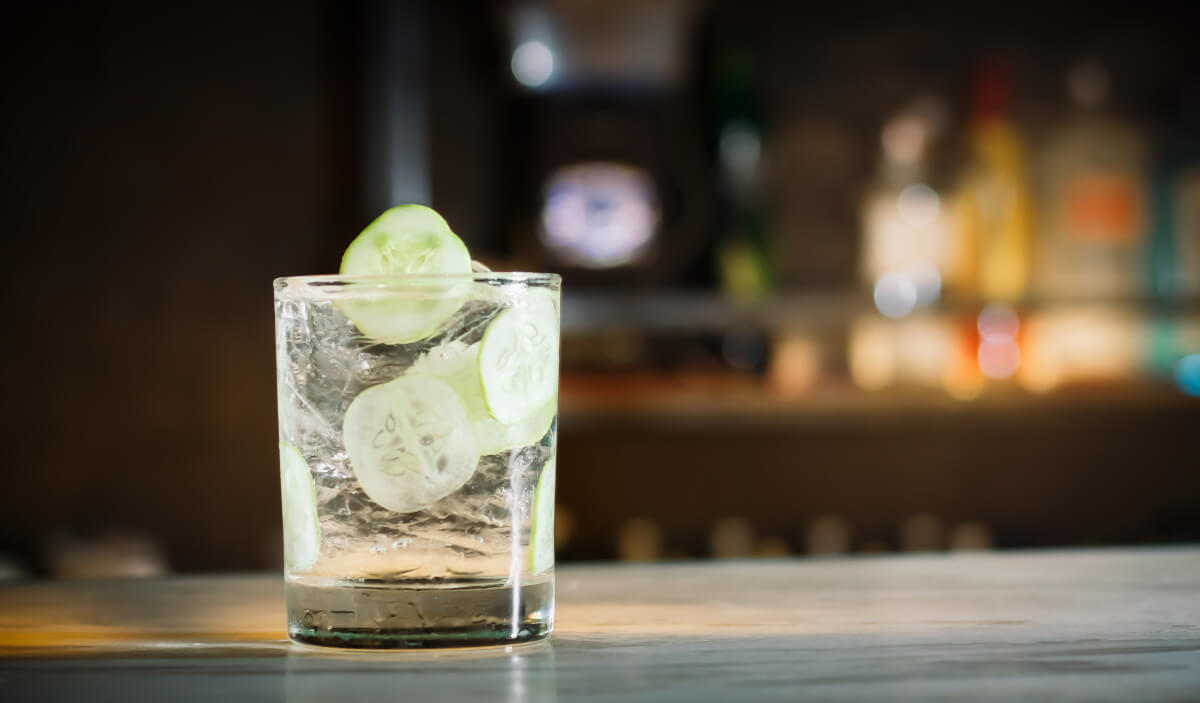
Gin and tonic with cucumber: The indispensable variant
Ingredients for the popular gin and tonic with cucumber:
- 4cl gin
- 10cl tonic water
- 2 slices of cucumber
- Many ice cubes
How to make it:
The gin hype and the famous cucumber in gin and tonic almost go hand in hand. The reason for this is Hendrick's Gin, to which the aroma of cucumber actually fits super.
Even if many gin fans are not big friends of the cucumber in the drink, the cucumber gives the drink an extraordinary freshness.
- To do this, cut a crisp, fresh cucumber into two slices and add them directly to the finished long drink. In the best case, store the cucumber in the refrigerator beforehand, so as not to bring heat into the drink.
- Try the cucumber in classic and fresh gins.
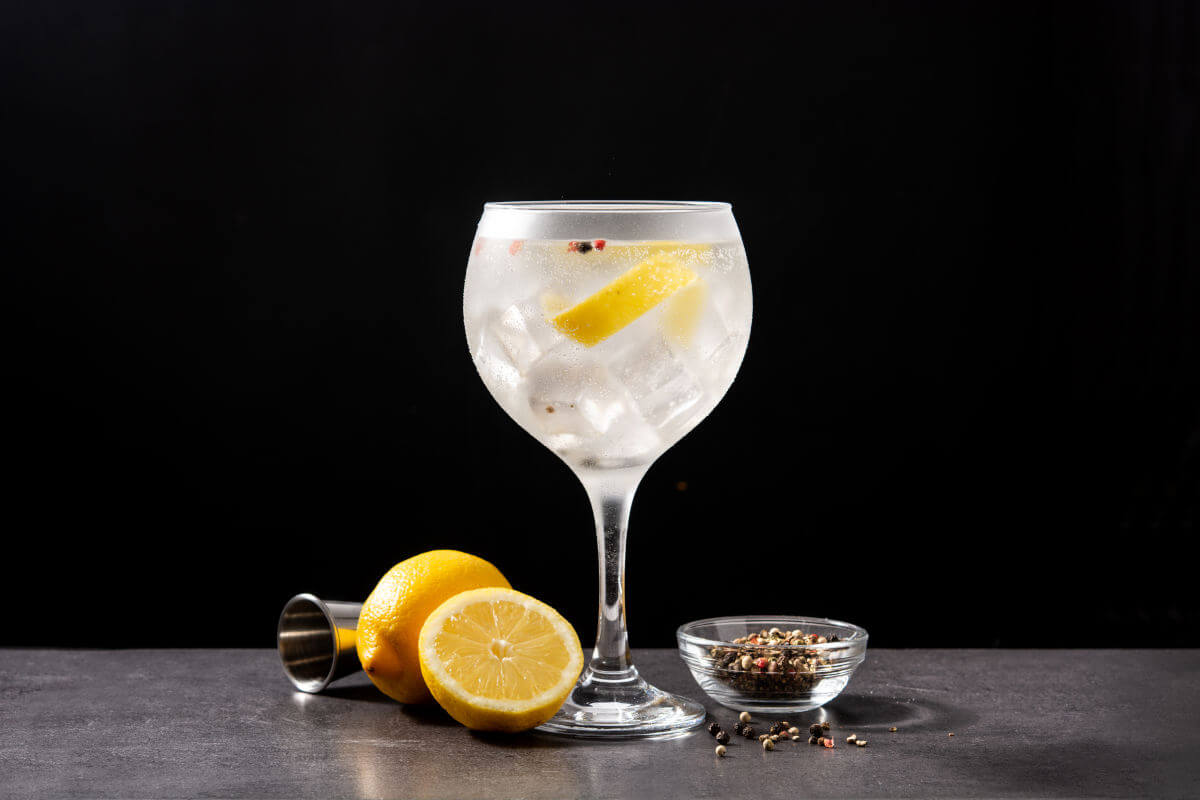
Alcohol-free gin and tonic: The secret formula
Ingredients for the popular gin and tonic with cucumber:
- 10cl alcohol-free gin alternative
- 10cl tonic water
- Lots of ice cubes
You need to keep this in mind:
Alcohol-free gin is still in the early stages of its development, but is getting better and better. The variety is growing and the taste is also getting closer and closer to the "original" with alcohol.
Non-alcoholic gin and tonic naturally consists of the same ingredients as the alcoholic version: gin and tonic. Nevertheless, many people make an important mistake with the recipe: they use the same mixing ratio as with the "normal" gin & tonic.
The secret of alcohol-free gin and tonic is that you need to use a lot more gin. The mixing ratio should be around 1:1. Depending on taste, it can also be a little more tonic water than non-alcoholic gin. Under no circumstances, however, should it be 1:4, as with alcoholic gin and tonic.
The reason is very simple: the non-alcoholic gin alternatives are not as intense as their alcoholic originals. As a result, the drink tastes too much like tonic if there is not enough gin in the mix. The classic gin and tonic recipes are therefore really not transferable. With a non-alcoholic gin and tonic, you need more gin in order to taste enough gin and not just tonic.
Another tip: most alcohol-free gins are currently still designed to work well in a cocktail or long drink. They rarely taste good on their own and this is often communicated by the manufacturers. The same applies to many other non-alcoholic spirits such as whisky or rum, which also taste good in cocktails but do not yet come close to the well-known originals on their own.
Which tonic goes with which gin?
Tonic waters can be divided into classic/neutral/bitter, lemony-fresh, fruity, spicy/tart and floral. Good tonic is highly carbonated and tastes natural, not chemical.
You won't go wrong with any gin and tonic recipe using popular brands like Fever Tree, Thomas Henry or Schweppes Indian Tonic Water (from the small 0.2-liter bottle). Of course, our favorite long drink is also made exciting by the variety of tonics. So if you can get your hands on more difficult to find brands like Fentimans, Goldberg, or Windspiel Tonic Water, then go for it and enjoy the new adventure.
The following table will help you find the right tonic water for your gin:
| Gin flavor | Matching Tonic Water |
|---|---|
| Classic, juniper-heavy gins | Classic Tonic Water (Thomas Henry Tonic Water or Fever Tree Tonic Water) |
| Balanced gins (no focus on juniper or other botanicals) | Fruity or floral tonic water (Thomas Henry Elderflower or 1724 Tonic Water) |
| Fruity and citrus oriented gins |
Dry Tonic Water (Schweppes Dry Tonic or Fever Tree Naturally Light) |
| Herbal, spicy gins | Herbal, spicy tonic water (Fentimans Herbal Tonic or Fever Tree Mediterranean Tonic Water) |
| Floral Gins | Classic Tonic Water (Thomas Henry Tonic Water or Fever Tree Tonic Water) |
Which glass is suitable for gin and tonic?
The shortest answer: it doesn't matter.
The only thing that matters is your own taste or style. Choose the glass that you find most pleasing when serving to your guests.
So there is no such thing as the "right" glass, but of course, in area-wide taste, a certain style of glass has prevailed. Gin and tonic is a highball, which is why it looks especially nice in a tumbler glass.
If you're looking to spruce up your home bar, keep an eye out for Nachtmann and Spiegelau glasses.
The history of gin and tonic
Tonic water gets its bitter taste from quinine. Quinine is found in the cinchona tree and originated in South America, not Asia. In areas such as Ecuador, where quinine is found, its effect was certainly known to the first inhabitants for a long time. From a European perspective, the discovery probably began around the 17th century. Alexander von Humboldt was already interested in the effect of quinine. It is very likely that quinine has long been used to treat diseases such as malaria, as the active ingredient has been proven to have a fever-reducing and analgesic effect.
The fact is, however, that the French chemists and pharmacists Pierre-Joseph Pelletier and Joseph Bienaimé were able to isolate quinine from the plant professionally in 1820 and commercialized its extraction. As a result, there were many suppliers in Europe who advertised and sold quinine-containing soda water as a healing and invigorating agent. It also happened that colonial troops always carried quinine tablets with them to protect themselves against malaria. This is particularly evident in a tonic that we still know today: Indian Tonic Water from Schweppes. British soldiers in India were always supposed to drink their quinine nicely with water and maybe lime juice. It was also the Schweppes tonic that used citric acid in the recipe because it made quinine dissolve better.
Now legends entwine about how the gin found its way into the tonic and vice versa. One widespread tale is that tonic water at the time contained much more quinine, making it very bitter. The British are therefore said to have mixed gin and tonic to improve the taste of the tonic. Since gin has always been thought to have healing properties due to the anti-inflammatory juniper (and of course the intoxicating alcohol), it may simply be that they wanted to mix a super potion.
A third, very likely hypothesis is that gin and tonic have long been drunk and enjoyed as a refreshing drink. It is possible that people quickly noticed what a pair they found. A pair that still delights our taste buds today.
Go directly to the recipe
Brilliant!

Bitte bestätige deine Anmeldung noch eben - du hast eine Bestätigungsmail von uns. Klicke darin auf den Link. Danach bekommst du deinen Rabattgutschein.

